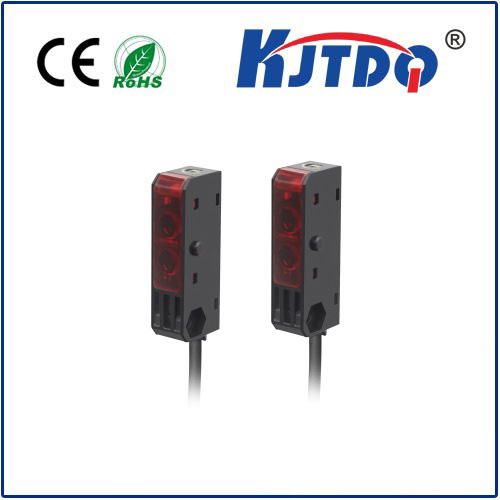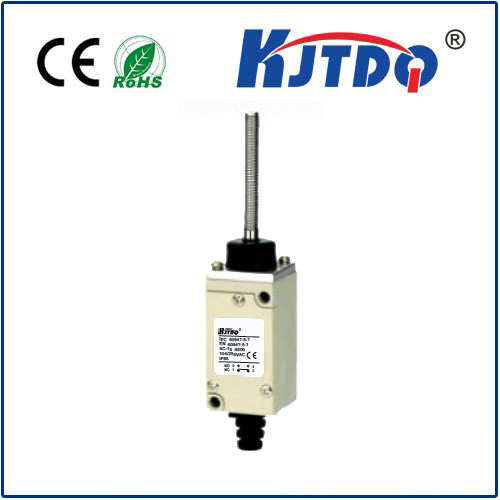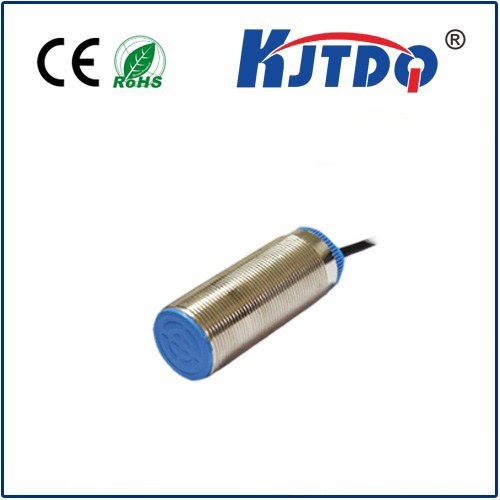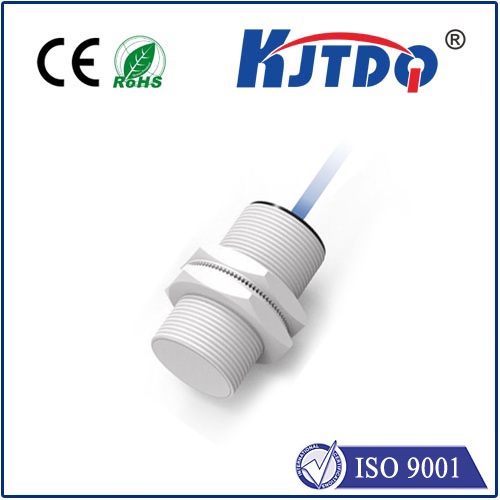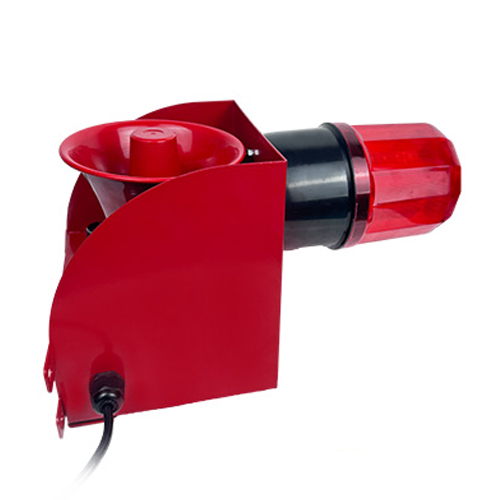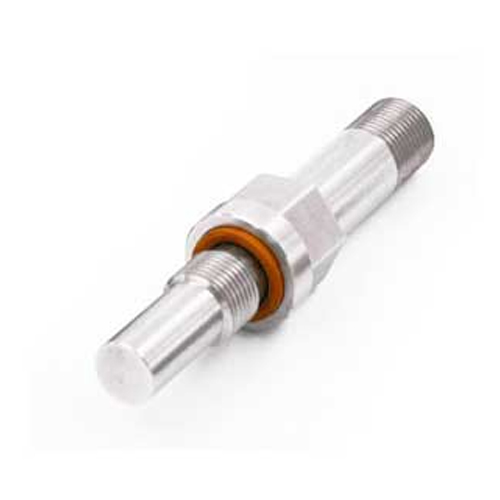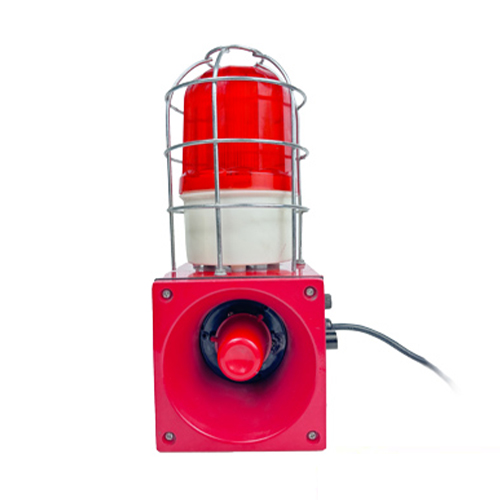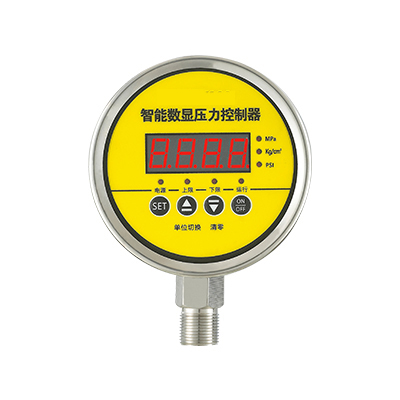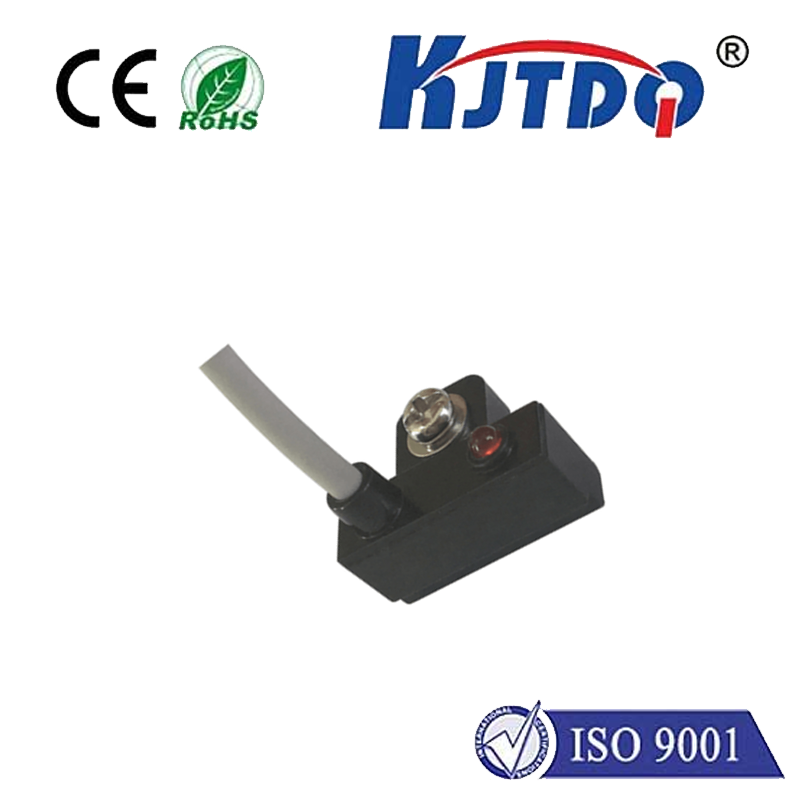датчик переключателя приближения
- time:2025-07-01 12:46:09
- Нажмите:0
Proximity Switch Sensors: The Silent Guardians of Efficient and Safe Automation
Imagine a high-speed production line: robotic arms dance, conveyor belts whir, and components slot together with precision. Now, picture what happens if a metal part drifts slightly out of position, or a worker accidentally reaches into a dangerous zone. Catastrophe? Not necessarily. Standing guard, often unseen, are the unsung heroes of modern automation: Proximity Switch Sensors. These ingenious devices detect the presence or absence of objects without physical contact, acting as the critical eyes and triggers for countless automated systems, ensuring smooth operation, enhanced safety, and remarkable efficiency.
What Exactly is a Proximity Switch Sensor?
In essence, a датчик приближения is a solid-state electronic device designed to detect the presence (or absence) of a target object within its sensing range without any physical contact. When a target enters this predefined zone, the sensor’s output state changes – typically switching a circuit “on” or “off” like a traditional switch, hence the frequent inclusion of “switch” in its name. This non-contact detection capability is their defining characteristic and primary advantage. Unlike mechanical limit switches that physically bump into objects, proximity sensors operate silently and wear-free, leading to vastly superior reliability and longevity, especially in demanding industrial environments filled with dust, grease, vibration, and repetitive motion.
The Core Technologies: Inductive, Capacitive, and Beyond
Proximity sensors aren’t a one-size-fits-all solution. Different technologies cater to different target materials and application requirements:

- Inductive Proximity Sensors: These are the undisputed workhorses for detecting ferrous and non-ferrous metals. They generate an electromagnetic field. When a metallic target enters this field, it induces eddy currents within the target, causing a measurable change in the sensor’s oscillation. This change triggers the output switch. Key advantages include:
- Exceptional reliability in dirty environments (immune to dust, oil, water splashes).
- High switching frequencies (suitable for very fast-moving objects on high-speed lines).
- Long operational life due to the absence of moving parts and contactless operation.
- Primarily used for metal detection in machinery, robotics, automotive assembly, and position verification.
- Capacitive Proximity Sensors: These sensors can detect a much wider range of materials, including metals, plastics, liquids, powders, and even wood or glass. They work based on changes in capacitance. The sensor forms one plate of a capacitor, the target (or the background) forms the other. As a target approaches, it alters the dielectric constant and thus the capacitance of the field generated by the sensor, prompting a state change. Their strengths lie in:
- Material versatility – detecting non-metals is crucial in packaging, food processing, and chemical handling.
- Ability to sense through certain non-metallic containers (like detecting liquid levels inside a plastic tank).
- Effective for presence detection of bags, bottles, or granular substances.
- Other Types: While inductive and capacitive dominate industrial settings, other types exist:
- Magnetic Proximity Sensors: Detect permanent magnets. Often used for cylinder position sensing (using a magnet embedded in the piston) and in security systems.
- Ultrasonic Proximity Sensors: Use sound waves to detect various materials, especially useful for longer ranges or level detection.
- Photoelectric Sensors: Use light beams (visible, infrared, laser) for detection, excellent for long ranges and small objects, but can be affected by environmental factors like dust or fog.
Why Choose Proximity Sensors? Compelling Benefits
The shift towards proximity switch sensors from mechanical alternatives is driven by significant advantages:
- Non-Contact Operation: The absence of physical contact eliminates wear and tear on both the sensor and the target object. This translates directly to maintenance-free operation and dramatically reduced downtime.
- High Reliability and Long Life: Sealed housings (often rated IP67 or higher) protect internal electronics from dust, moisture, oils, and chemicals. No moving parts inherently means less chance of mechanical failure.
- High-Speed Operation: Capable of very fast response times and switching frequencies, making them ideal for modern high-throughput automated production lines.
- Contamination Immunity: Since they don’t require contact, they perform reliably in environments where grime, chips, or liquids would quickly foul mechanical switches.
- Многогранность: Available in diverse shapes, sizes, sensing ranges, output types (NPN/PNP, NO/NC), and housing materials to fit virtually any application requirement.
- Repeatability: Provide highly consistent and accurate detection, cycle after cycle.
Ubiquitous Applications Across Industries
The applications for proximity sensors are virtually limitless within automation and beyond:
- Automotive Manufacturing: Position sensing on robots, end-of-stroke detection for cylinders, part present/absent verification, conveyor line control.
- Packaging & Material Handling: Bottle/can counting on lines, box presence detection, fill level control (capacitive), pallet positioning, conveyor jam detection.
- Machine Tooling: Tool breakage detection, spindle positioning, chuck clamping verification, work piece positioning on CNC machines.
- Food & Beverage Processing: Detecting containers (glass, plastic, metal), level sensing in tanks (capacitive), presence detection on fill lines, ensuring safety guards are closed.
- Robotics: End effector positioning, collision avoidance (sensing nearby objects), gripper open/close verification.
- Building Automation: Door and window position sensing for security, elevator floor leveling, automated lighting control.
- Consumer Electronics: Smartphone screen on/off detection (when held to ear), laptop lid open/close detection.
Selecting the Right Proximity Switch Sensor
Choosing the optimal sensor requires careful consideration:
- Target Material: Is it metal (ferrous/non-ferrous)? Plastic? Liquid? Wood? This immediately points towards inductive or capacitive technology.
- Sensing Distance (Sn): The nominal operating distance specified by the manufacturer. Always consider installation tolerances and environmental factors; derate the specified Sn by 10-20% for reliable operation in real-world conditions.
- Environment: Exposure to temperature extremes, chemicals, washdown pressures, welding sparks, or heavy metal chips? Choose housing material (stainless steel, nickel-plated brass, PBT plastic) and ingress protection (IP rating) accordingly.
- Output Type: Does the PLC/machine controller require a sinking (NPN) or sourcing (PNP) signal? Normally Open (NO) or Normally Closed (NC) operation?
- Size and Mounting: Space constraints often dictate the sensor’s form factor (barrel, rectangular, block) and mounting method (flush, non-flush, threaded, bracket-mounted).
- Electrical Requirements: Supply voltage (commonly 10-30V DC) and current consumption must match the system.
- Response Time and Switching Frequency: Critical for high-speed applications.
Integrating for Optimal Performance
Proper installation is crucial. Ensure correct alignment between the sensor face and the target. Account for the sensor’s operating zone (the area where detection reliably occurs) and release zone. Flush-mountable inductive sensors typically have reduced sensing ranges compared to non-flush types. Always follow manufacturer guidelines for mounting clearances (especially for metallic environments) and wiring connection.
Proximity switch sensors are far







